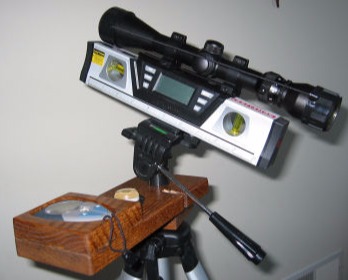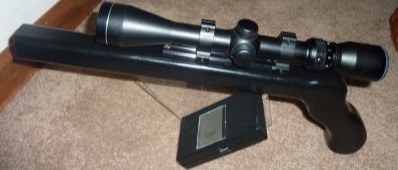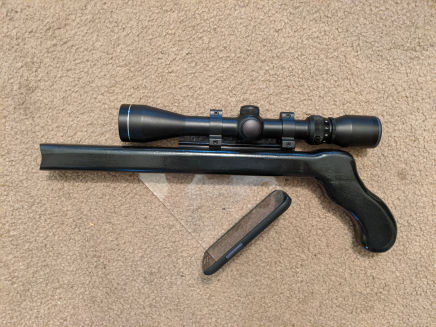When we first started ballooning and learning about pibals I ran across a device someone was selling called Windsock and a standalone Windows application called Pibal Reader. Since I didn't want to pay the amount they were asking I did some research to see if I could do the same thing a different way. There are many articles (see the references page) written to determine the ascent rate of a pibal or how to calculate the winds aloft. All we have done was bring the information and those techniques together into a single solution. This is just another tool in your toolbox that can be used in your flight planning. I used this data as part of my weather briefing for the 2018 Woman's Nationals.



